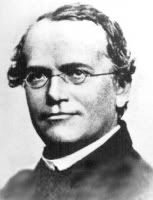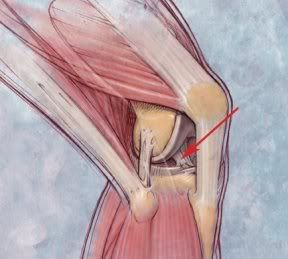
Topic:
My topic is about barn owls. I wanted to learn more about them since in class I heard that they were different from most owls. They seemed interesting to learn about.
Interesting Facts:
~ Female barn owls are usually bigger than male barn owls.
~ The barn owl is located in many places such as North, Central and South America; Britain and Western Europe to the Black Sea; North, Central and Southern Africa, Madagascar, India, Burma, many islands of the East Indies, Australia and Tasmania.
~ Only some northern birds may move south in winter.
~ Barn owls eat certain types of birds, bats, lizards frogs, insects, and fish.
~ They locate their prey by sight or sound and strike the animal with their talons. They take off very quickly with their food firmly in their beak.
~ They are known to have, probably, the best sense of hearing of all owls and can locate prey in total darkness.
~ The owls communicate by hissing, screeching, and beak snapping, which indicates anger.
My opinion:
My opinion on the barn owls is that they are a lot like the other owls, but better. I think it's really cool how they can catch their prey so easily in pitch, black darkness. I am also amazed that they eat birds because they are birds, aswell. That's like a human eating another human (YUCK!). The owls communicate pretty much the same as humans do anger wise. Whenever my mom gets mad her teeth chatter, which is kind of like how the owls snap their beaks. Overall, the barn owls were fun to learn about. They are kind of weird, but they're pretty much normal compared to other animals like snakes (YIKES!).
Site: http://www.oregonzoo.org/Cards/BirdsOfPrey/barn_owl.htm





